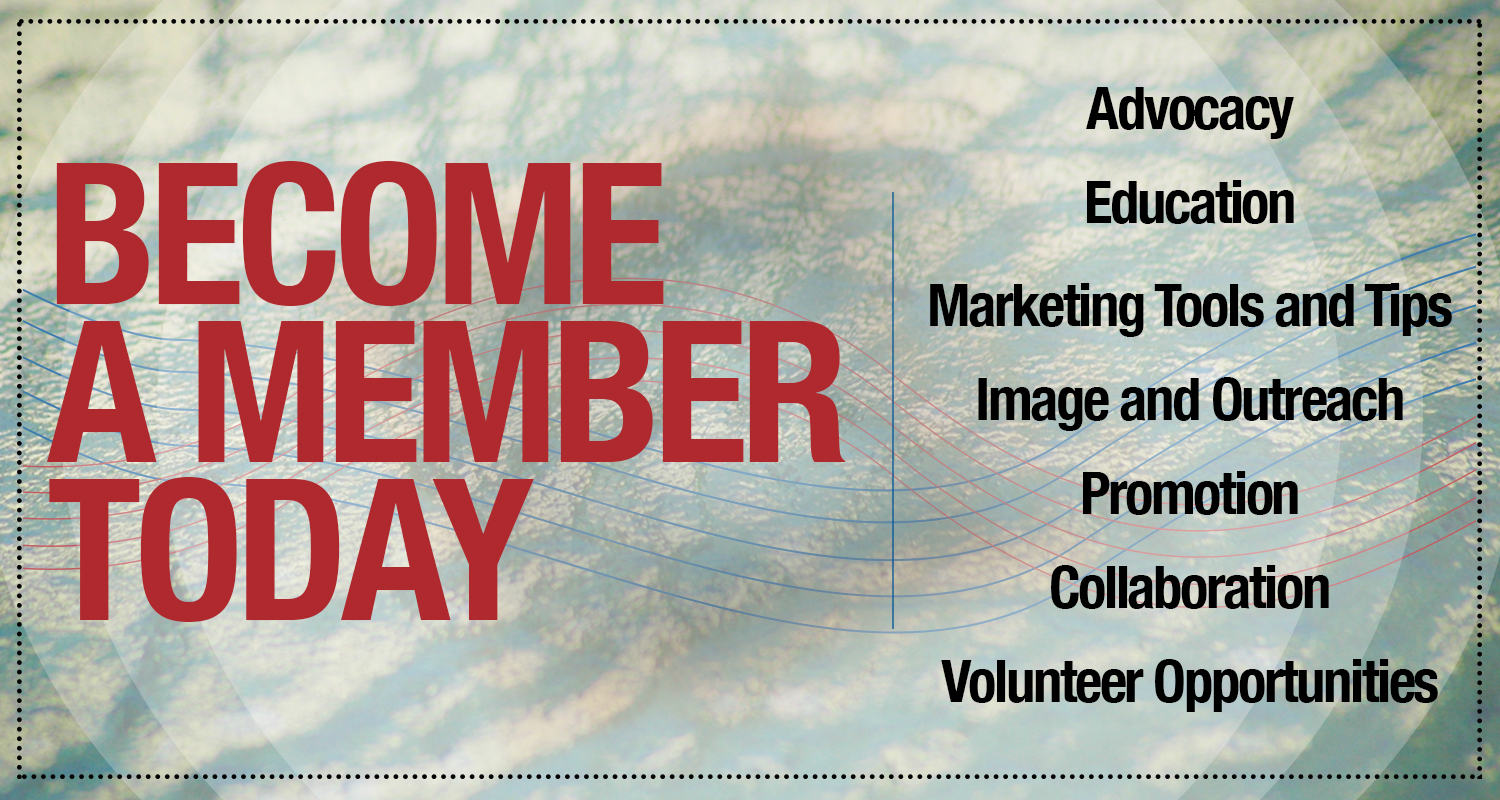Given the limitations of many modern digital hearing aids to handle the more intense inputs that are characteristic of many forms of music, there are a number of clinical strategies and newer hearing aid technologies that can be useful. Clinical strategies consist of those approaches that can be remediated in a clinical setting while technological strategies are hard wired into the hearing aid circuitry. These involve a number of different approaches, including a discussion of the benefits of post-16 bit technology for music and hearing aids. Audio files will be used to demonstrate the benefit of these approaches.
Once the transduction of music into a hearing aid with minimal distortion has been accomplished, there are a series of electro-acoustic software adjustments that can be made for a “music program”. Using a general principal that “less may be more”, and based on peer reviewed research, when it comes to hearing aid processing of music, the frequency response, gain, multi-band compression, and the output of hearing aid with music will be addressed. The treatment of cochlear dead regions with other approaches than frequency shifting will be discussed. Audio files will be used to demonstrate the rationales behind these clinical adjustments.
Learning Objectives:
After attending this seminar, the participant should be able to:
- Select software programming that is optimized for music
- Explain the engineering limitations of some modern hearing aids for music
- Identify some simple clinical strategies to improve a hearing aid for music



